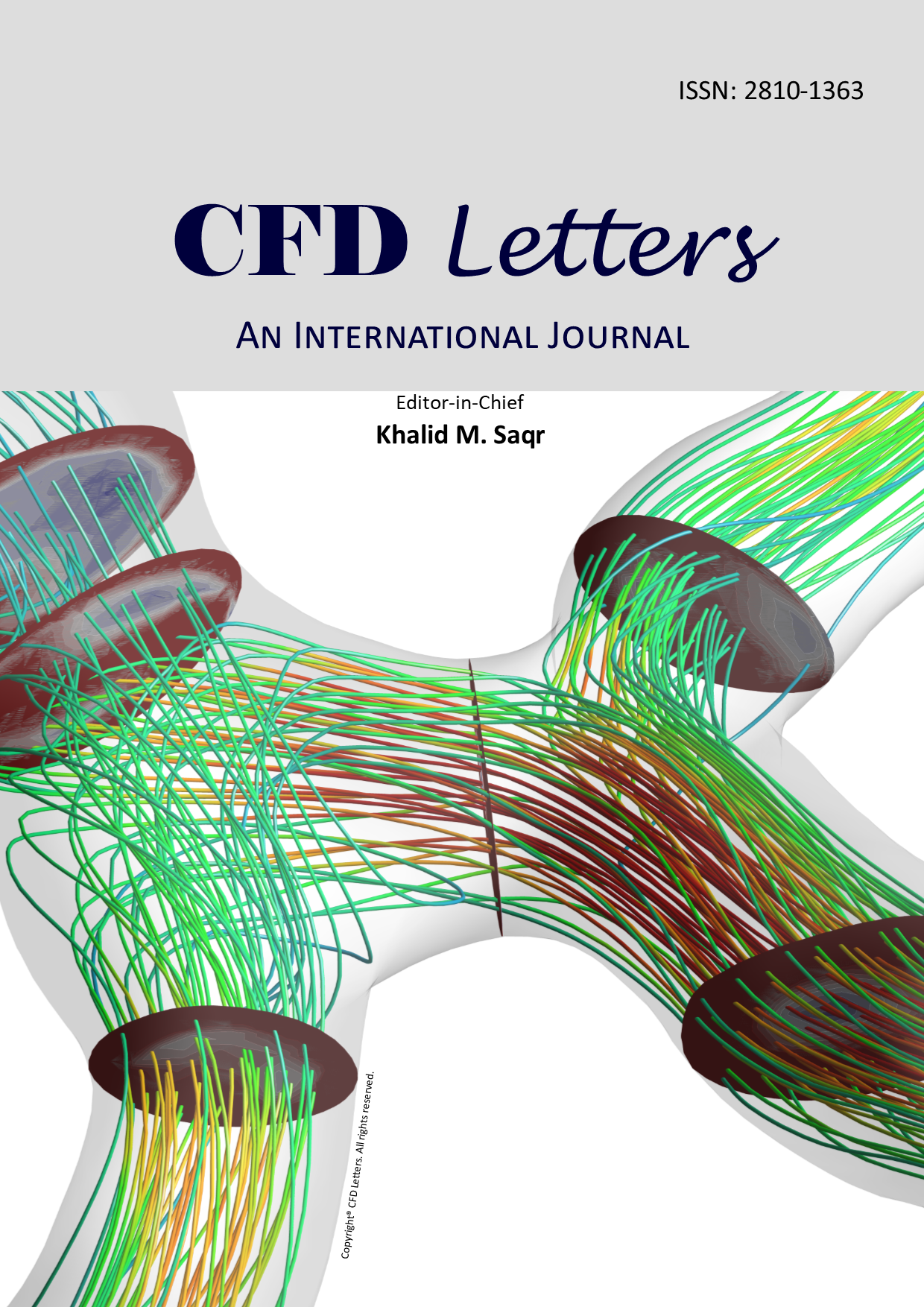Investigation of Nano-Reinforced Lead-Free Solder During Reflow Soldering-A Molecular Dynamic Approach
DOI:
https://doi.org/10.37934/cfdl.12.12.7584Keywords:
Molecular dynamic (MD) simulation, nanoparticles, reflow soldering processAbstract
The reinforcement of nanoparticles into the lead-free solder is proved to give good increment in the result of the importance solder properties which includes wetting properties and mechanical properties. This study proposed the new simulation method for the nano-reinforced solder to investigate the complexity and atomic behaviour briefly. The objective of this study is to clearly show the movement of the reinforced nanoparticles in the solder during the reflow soldering process via molecular dynamics (MD) simulation. In this work, Nickel (Ni) nanoparticles will be added into the pure Tin (Sn) lead-free solder. The MD simulation of Ni-reinforced solder at the temperature of 250 OC (reflow phase) was conducted via Large-scale Atomic/Molecular Massively Parallel Simulator (LAMMPS) software. This simulation model able to track the nanoparticles movement in the solder during the reflow soldering process. The experimental procedure of 0.01 wt.% Ni nanoparticle reinforcement in Sn100C was also carried out to validate the simulation result. The synchrotron micro-XRF mapping showed the Ni element was agglomerated and thus validated the simulation result. The measured area of agglomerated Ni A in the simulation and experimental results are 1.1708 Å2 and 0.9996 Å2, respectively. Meanwhile, the result obtained for area B is 0.7696 Å2 and 0.6796 Å2, respectively. Therefore, the percentage error of simulation and experimental results for both areas of A and B is 10.82% and 13.24%, respectively.













